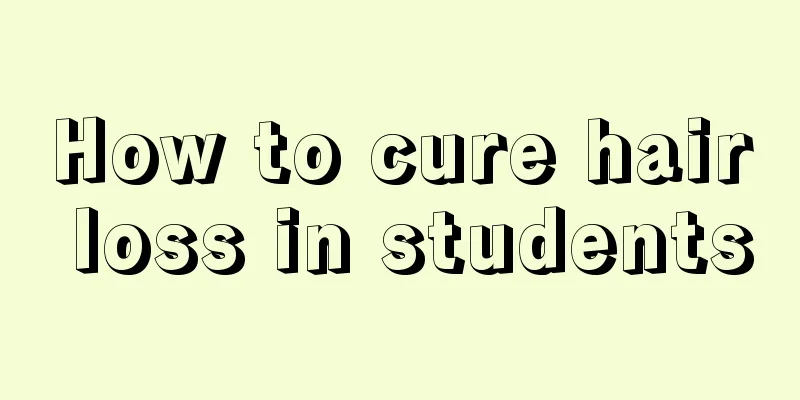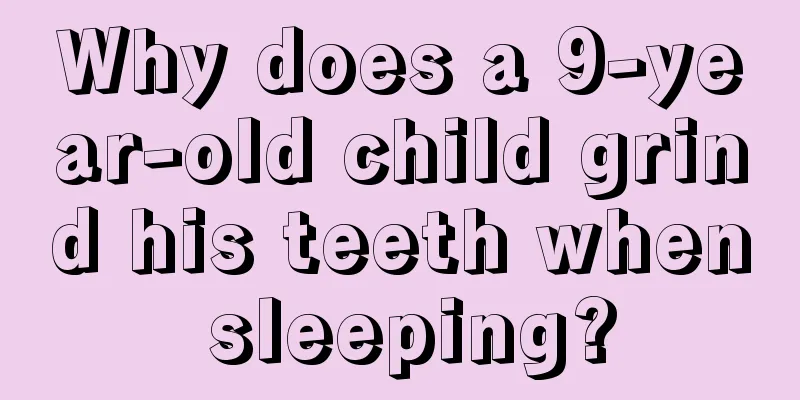How to cure hair loss in students

|
Hair loss among students is an abnormal phenomenon. If hair loss is severe at this age, it is easy to develop inferiority complex, which not only affects study but also social interaction. Therefore, it is very important for students and their parents to understand what to do about students’ hair loss. So how can students’ hair loss be cured? Here are some treatments for various types of hair loss for your reference only. Alopecia refers to the phenomenon of hair loss. The hair that falls out normally is the hair in the regression phase and the resting phase. Because the hair entering the regression phase and the hair entering the new growth phase are constantly in a dynamic balance, the normal amount of hair can be maintained. Pathological hair loss refers to abnormal or excessive hair loss, which has many causes. How can students cure hair loss? 1. Seborrheic alopecia: Seborrheic alopecia is called the cancer of hair loss. Its treatment is a global problem. An important reason for this situation is that there is currently no most direct and effective treatment drug. Solution: Wash your hair frequently, control oiliness, and take medication. 2. Pathological hair loss: mainly due to viruses, bacteria, and high fever that damage hair matrix cells, inhibiting the normal division of hair matrix cells, and putting hair follicles in a state of shock, leading to hair loss, such as acute infectious diseases, long-term use of certain medications, etc. Solution: Get more rest and your hair will grow back after you recover or stop taking the medicine. 3. Chemical hair loss: Harmful chemicals damage scalp tissue and hair follicle cells, leading to hair loss. Solution: Do not use highly irritating hair dyes, perm agents and inferior shampoos. 4. Physical hair loss: Hair loss caused by air pollutants clogging hair follicles, harmful radiation, etc. Solution: Do not use nylon combs and nylon head brushes that are prone to generating static electricity. Wear a protective cap and wash your hair in an environment with serious air dust pollution. 5. Nutritional alopecia: Digestive and absorption dysfunction causes malnutrition and leads to hair loss. Solution: Improve nutrition and eat more fruits and vegetables, kelp, mulberries and walnut kernels. 6. Obesity-induced hair loss: A large amount of saturated fatty acids produce waste after metabolism in the body, which clogs the hair follicles and causes hair loss. Solution: Eat less greasy and heavy food and increase physical exercise. In short, there are many reasons for hair loss among students, and the treatments for different types of hair loss are also very different. Therefore, it is recommended that students with hair loss should go to the hospital to find out the cause of their hair loss so that they can receive symptomatic treatment! I hope that the introduction in this article will be helpful to friends who want to know how to cure student hair loss. |
<<: How to treat toothache in children
>>: What should I do if my baby has less hair on both sides?
Recommend
How to supplement zinc deficiency in 8-month-old babies
In daily life, some mothers find that their child...
Solutions to excessive calcium supplementation in young children
Many of our young children may be prone to malnut...
What are the symptoms of neonatal epidemic diarrhea?
At present, the frequency of neonatal epidemic di...
Can newborn babies be vaccinated for acne?
Acne is a common skin disease among people, which...
What are the symptoms of rhinitis in babies?
In fact, babies are also susceptible to rhinitis ...
2-year-old cough with phlegm
Compared with adults, children's bodies are s...
What causes convulsions due to fever in children
Parents are more concerned about their children&#...
Precocious puberty in boys
With the improvement of living conditions, people...
What's wrong with children who always hit their heads? Parents should pay attention to it
Many parents always find that their children alwa...
What should I do if my baby has folliculitis on his arm?
Many patients will have this question: Can follic...
What to do if your seven-month-old baby coughs
Parents must be very concerned about their childr...
Causes and treatments for runny nose in newborns
In fact, we often need to be extra careful in car...
Can children have body odor?
The real name of body odor is bromhidrosis. Body ...
The child has a fever but is in good spirits
It is a common physical illness for children to h...
How to make children not picky about food
The child is a picky eater. It seriously affects ...









